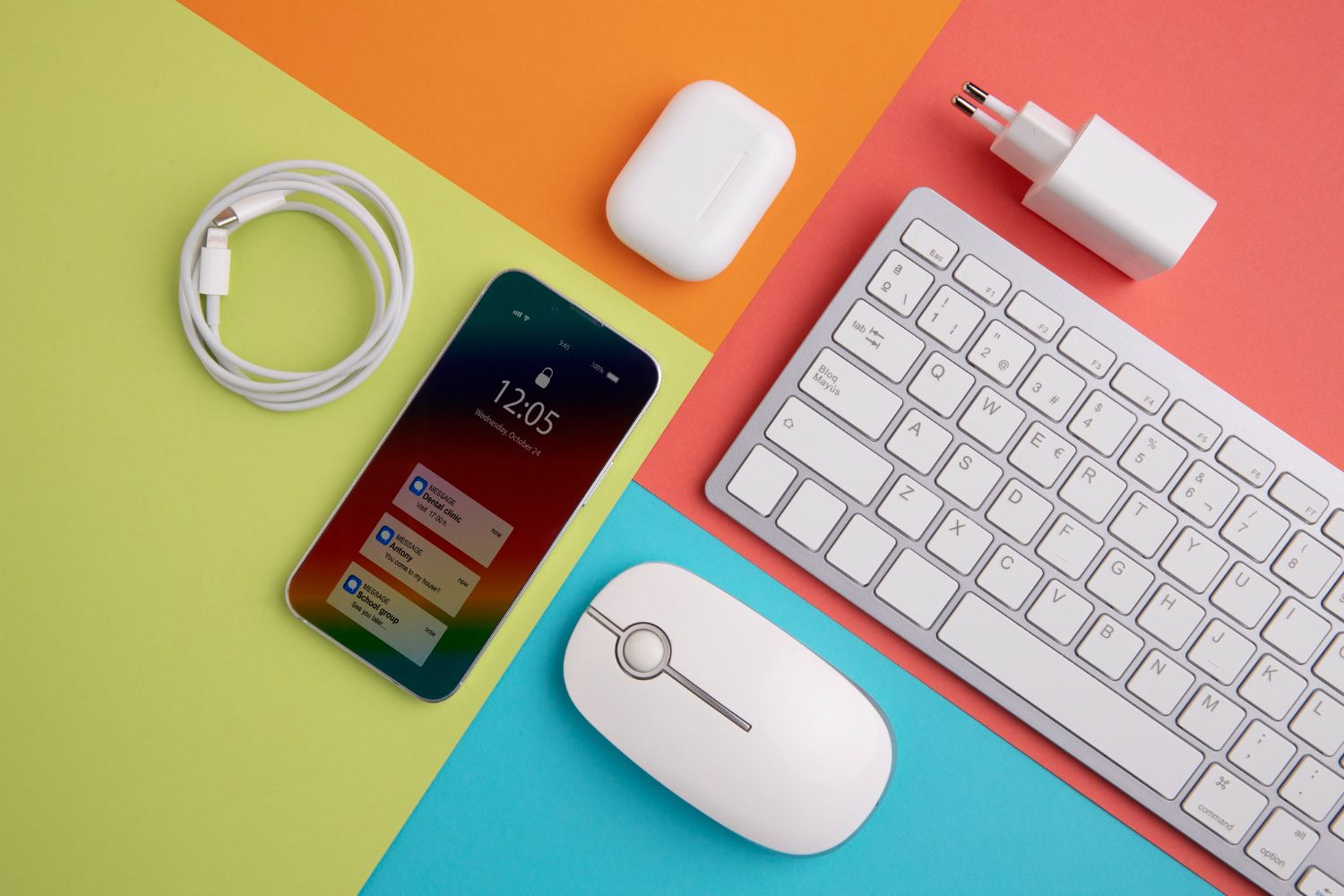Apple has long been known for its emphasis on privacy and seamless user experiences. In 2025, Apple’s commitment to on-device artificial intelligence (AI) is becoming a defining feature of its ecosystem, quietly revolutionizing how AI works—right on your iPhone, iPad, and Mac—without compromising your personal data.
This blog explores Apple’s approach to on-device AI, what it means for users and developers, and how it’s setting a new standard for privacy-first innovation.
What Is On-Device AI?
Unlike cloud-based AI, which processes your data on remote servers, on-device AI runs directly on your device. This means:
- Data stays local—your personal information isn’t uploaded to the cloud.
- Tasks happen faster with less latency.
- AI works offline or with limited connectivity.
Apple’s new AI features leverage the powerful neural engines built into its custom silicon chips—like the M2 and A17 Bionic—to deliver advanced capabilities directly on your device.
Apple’s Privacy-First AI Philosophy
Apple’s approach to AI emphasizes protecting user privacy while providing intelligent functionality. Some key privacy-centric AI strategies include:
- Differential Privacy: Aggregating user data in a way that protects individual identities.
- On-Device Processing: Keeping sensitive computations local instead of sending data to external servers.
- User Control: Giving users transparency and control over their data and AI-powered features.
This contrasts with many competitors who rely heavily on cloud-based AI models and extensive data collection.
Recent and Upcoming Apple AI Features
Apple’s latest operating systems—iOS 19, macOS 15, and iPadOS 19—introduce a suite of new AI-powered functionalities, such as:
- Live Text and Visual Lookup: Real-time text recognition and object identification within photos and videos.
- Personalized Siri: Siri now adapts more fluidly to individual user habits, preferences, and contexts without needing to send everything to the cloud.
- On-Device Language Models: Smaller yet powerful language models embedded directly on devices enable faster, private natural language understanding for dictation, translation, and messaging.
- Health Monitoring AI: Advanced on-device analysis of health data (e.g., heart rate, sleep patterns) with privacy guarantees.
Why On-Device AI Matters
The shift to on-device AI addresses several pressing challenges:
- Privacy Concerns: Growing awareness and regulations have increased demand for data minimization.
- Latency and Speed: Local AI processing delivers near-instant responses, enhancing user experience.
- Network Independence: On-device AI keeps apps functional even in low or no connectivity zones.
- Energy Efficiency: Apple’s silicon is optimized to perform AI tasks with minimal battery drain.
Impact on Developers and Ecosystem
Apple encourages developers to build AI-powered features using its Core ML framework and tools that support on-device model training and inference. This empowers app creators to:
- Build smarter, privacy-conscious apps.
- Leverage device-specific capabilities like the Neural Engine.
- Reduce dependency on cloud infrastructure.
With this, Apple is fostering an ecosystem where AI is seamlessly integrated but user trust remains paramount.
Looking Ahead
Apple’s quiet but persistent investment in on-device AI is likely to accelerate. As more devices adopt powerful custom silicon and software frameworks mature, users can expect smarter, faster, and more private AI experiences baked directly into their everyday technology.
Apple’s model may also inspire other companies to rethink their approach to AI, balancing innovation with privacy as a core principle.
Final Thoughts
Apple’s strategy highlights a crucial evolution in AI—one where intelligence happens closer to the user, with privacy and efficiency at the forefront. For anyone concerned about how AI impacts data security and personal control, Apple’s on-device AI is a promising blueprint for the future.


